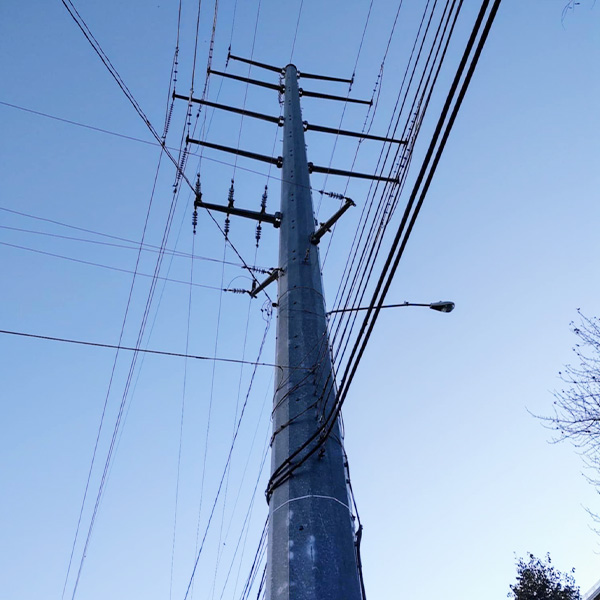SPP Markets+
The Colorado PUC issued a split decision approving Public Service Company of Colorado’s application to join SPP’s Markets+, finding that market participation is in the public interest and will “provide a number of benefits.”
NV Energy notified the Public Utilities Commission of Nevada that it plans to leave the Western Power Pool’s Western Resource Adequacy Program, citing five critical issues with the program’s design.
PacifiCorp asked the WPP’s Board of Directors to allow WRAP participants to defer their decision to commit to the program’s binding phase by at least one year.
The Western Power Pool’s WRAP secured enough participants for the program to enter the first binding phase after 11 utilities reaffirmed their commitment.
A wide variety of stakeholders — including representatives of the DER sector — will serve as advisers to the Pathways Initiative as it enters its next phases.
SPP named Tim Vigil, chief member relations and strategy officer for Pacific Northwest Generating Cooperative, as director of the Market Monitoring Unit’s office dedicated to Markets+.
Former SPP COO Carl Monroe's decades of outreach to Western Interconnection entities are evident in the RTO's various markets and service offerings in the West.
California lawmakers have passed a landmark bill that will allow CAISO to transition the governance of its markets to the independent “regional organization” envisioned by the West-Wide Governance Pathways Initiative.
Six Western U.S. senators came out in support of the California legislation needed to transform CAISO’s market into an independent regional energy market, saying in a letter to Gov. Gavin Newsom the bill promises "improved grid reliability and significant energy cost savings.”
Four Western utility executives participating in an Energy Bar Association webinar presented their reasoning for why they ultimately chose either SPP’s Markets+ or CAISO’s EDAM, with some eyeing the creation of a full regional transmission organization in the future.
Want more? Advanced Search










